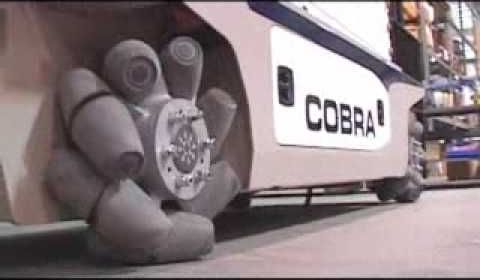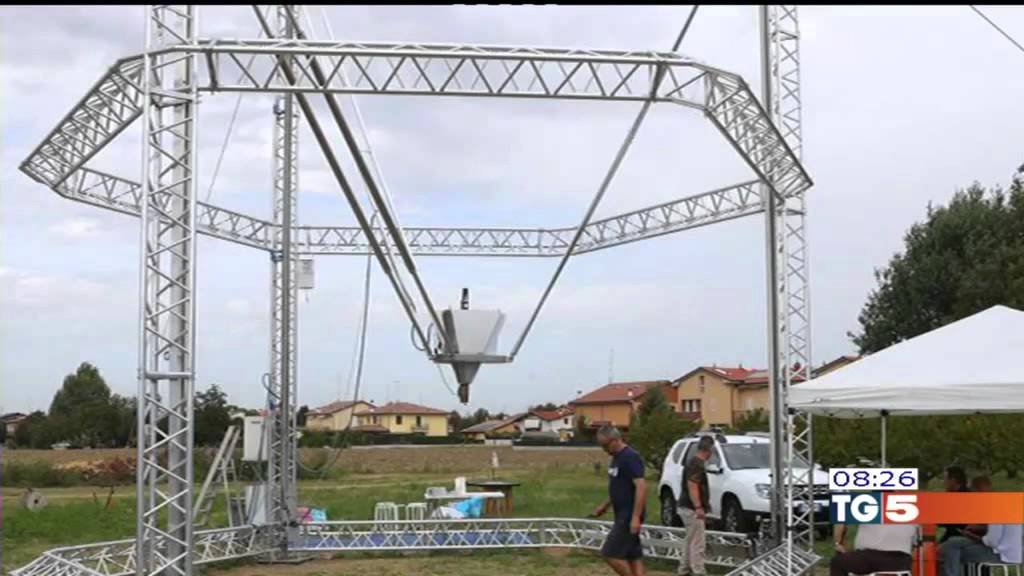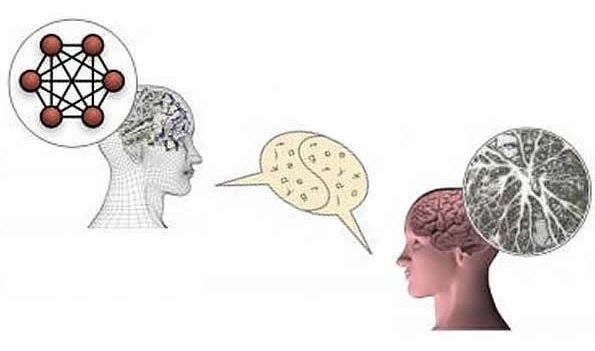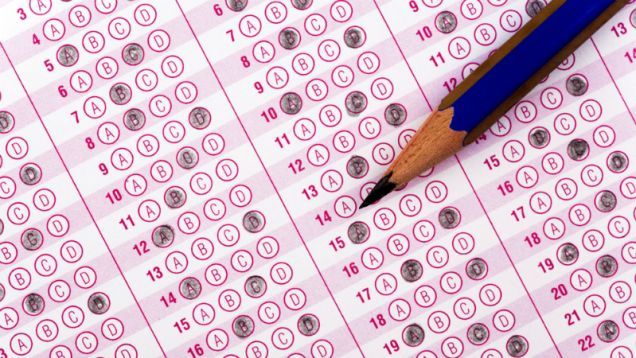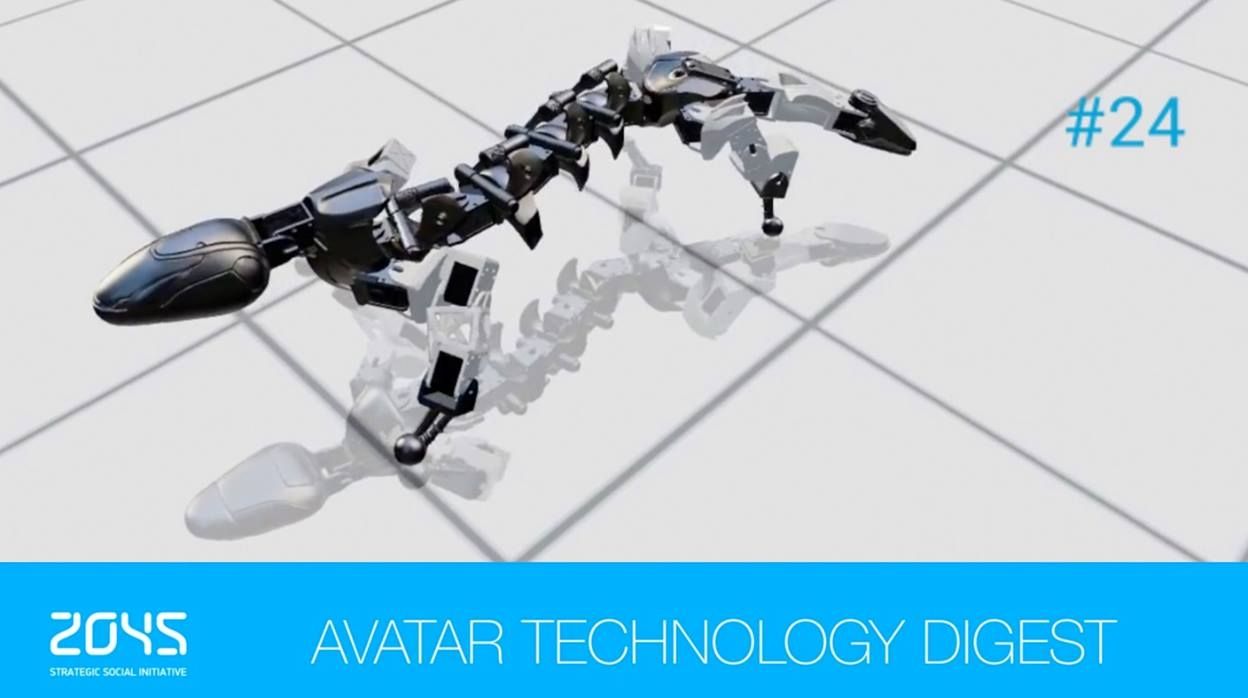In spite of the popular perception of the state of artificial intelligence, technology has yet to create a robot with the same instincts and adaptability as a human. While humans are born with some natural instincts that have evolved over millions of years, Neuroscientist and Artificial Intelligence Expert Dr. Danko Nikolic believes these same tendencies can be instilled in a robot.
“Our biological children are born with a set of knowledge. They know where to learn, they know where to pay attention. Robots simply can not do that,” Nikolic said. “The problem is you can not program it. There’s a trick we can use called AI Kindergarten. Then we can basically interact with this robot kind of like we do with children in kindergarten, but then make robots learn one level lower, at the level of something called machine genome.”
Programming that machine genome would require all of the innate human knowledge that’s evolved over thousands of years, Nikolic said. Lacking that ability, he said researchers are starting from scratch. While this form of artificial intelligence is still in its embryonic state, it does have some evolutionary advantages that humans didn’t have.
“By using AI Kindergarten, we don’t have to repeat the evolution exactly the way evolution has done it,” Nikolic said. “This experiment has been done already and the knowledge is already stored in our genes, so we can accelerate tremendously. We can skip millions of failed experiments where evolution has failed already.”
Rather than jumping into logic or facial recognition, researchers must still begin with simple things, like basic reflexes and build on top of that, Nikolic said. From there, we can only hope to come close to the intelligence of an insect or small bird.
“I think we can develop robots that would be very much biological, like robots, and they would behave as some kind of lower level intelligence animal, like a cockroach or lesser intelligent birds,” he said. “(The robots) would behave the way (animals) do and they would solve problems the way they do. It would have the flexibility and adaptability that they have and that’s much, much more than what we have today.”
As that machine genome continues to evolve, Nikolic compared the potential manipulation of that genome to the selective breeding that ultimately evolved ferocious wolves into friendly dogs. The results of robotic evolution will be equally benign, and he believes, any attempts to develop so-called “killer robots” won’t happen overnight. Just as it takes roughly 20 years for a child to fully develop into an adult, Nikolic sees an equally long process for artificial intelligence to evolve.
Nikolic cited similar attempts in the past where the manipulation of the genome of biological systems produced a very benign result. Further, he doesn’t foresee researchers creating something dangerous, and given his theory that AI could develops from a core genome, then it would be next to impossible to change the genome of a machine or of a biological system by just changing a few parts.
Going forward, Nikolic still sees a need for caution. Building some form of malevolent artificial intelligence is possible, he said, but the degree of difficulty still makes it unlikely.
“We can not change the genome of machine or human simply by changing a few parts and then having the thing work as we want. Making it mean is much more difficult than developing a nuclear weapon,” Nikolic said. “I think we have things to watch out for, and there should be regulation, but I don’t think this is a place for some major fear… there is no big risk. What we will end up with, I believe, will be a very friendly AI that will care for humans and serve humans and that’s all we will ever use.”


